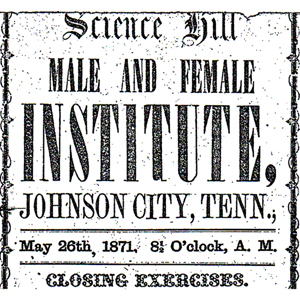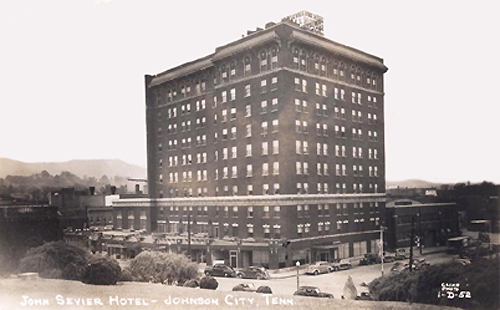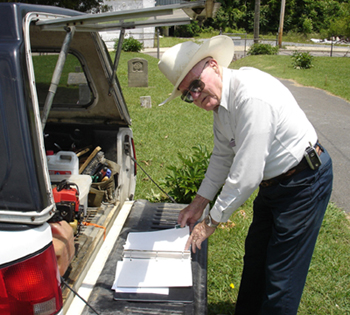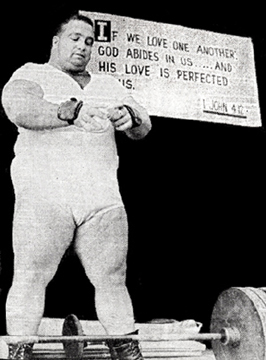Sue Carr Eckstein recently shared with me two highly interesting documents: a two-page program, “Science Hill Male and Female Institute, Johnson City, Tenn., May 26, 1871, Closing Exercises” (subject of this column) and an “Annual Catalogue of the Boon’s Creek Male and Female Institute for 1860 and 1861” (to be featured on next week’s History page).
Science Hill’s unpretentious origin can be traced back to 1860 when a debating society in the Oak Grove community of Boones Creek was organized. It soon moved to a “schoolhouse” at Brush Creek Campground in Johnson’s Depot. In 1863, a new hewn log school building was built on Rome Hill in close proximity to city founder Henry Johnson’s train depot. About 1868, a brick one was constructed next to the old one. It was there that the 1871 end-of-school closing exercises were held.

The program was not a senior graduation. Instead, it was a daylong eight-part event that began at “8½ o’clock a.m.” with visits to predetermined student classrooms before concluding that evening. The school was not as formally structured then as it is today with some students sharing teachers and classrooms. The activities and participating students were as follows:
“I. Examination of Classes: Class in Cicero’s Orations, Class in Arithmetic, Class in Algebra, Class in First Greek Book, Class in Trigonometry and Class in Second Latin Book.
“II. Recitation of Poetry (2 o’clock p.m.): Misses Lelie Gentry, Maggie Crumley, Jennie Berry, Nora Hickey, Carrie Berry, Jennie Crumley, Emma Carroll, Laura Hickey, Mollie Taylor, Sallie Faw and Louis Peters.
“III. Class in Declamation: Masters Dannie O’Brien, Charlie Carr, John Dickson, Charlie Taylor, James Martin, Johnson Pool, Charlie Martin, Willie Clark, Robert Love, Henry Barnes, Charlie Farnsworth, Charlie Seehorn, James Taylor, Nat. Carroll, Henry Landreth, Thomas Taylor and George Hardin.
“IV. Class in Composition: The Social Class, Mollie King; Another Year (original), Mollie Farnsworth; My Mother’s Little Girl, Mollie Love; Is It Any Body’s Business if a Lady Has a Beau? (original), Hassie Nelson; Friendship, Eliza Barnes; Passing Away (original), Jennie Debusk; Female Education, Maggie Bowman; The Sparkling Dewdrop, Rettie Farnsworth and Farewell (original), Cordelia Bowman.
“V. Class in Declamation: Richard N. Gentry, Alfred T. Love, James W. Crumley, Samuel H. Hunt, Samuel S. Crumley, Joseph Clark, Peter Q. Miller, William A. Debusk, George A. Reeves, Abram F. Hoss, David F. Hickey and Robert J. Rankin.
“VI. Oratorical Contest (7½ p.m.): Individual Responsibility, Calving R.J. McInturf, Washington County; The Duty of Educated Young Men, Madison W S. Taylor, Johnson City; The Spirit of Enterprise, Melvin C. Wells, Sullivan County; What Do You Want? William P. Rankin, Johnson City; The Aim of Education, Adam B. Bowman, Johnson City; Man Not What He Professes to Be, Abram H. Collett, Greene County; Evils of Intemperance, Winfield S. Hickey, Johnson City; and Horrors of War, William W. Smith, Virginia.
“VII. Address Before the School: H.H. Carr (Esq.), Washington County.
“VIII. Award of Prizes: (No information was shown pertaining to awards or winners).”
The all-day closing exercises concluded with a benediction. The number of students participating in the daylong event totaled 58; several of them became prominent citizens.






